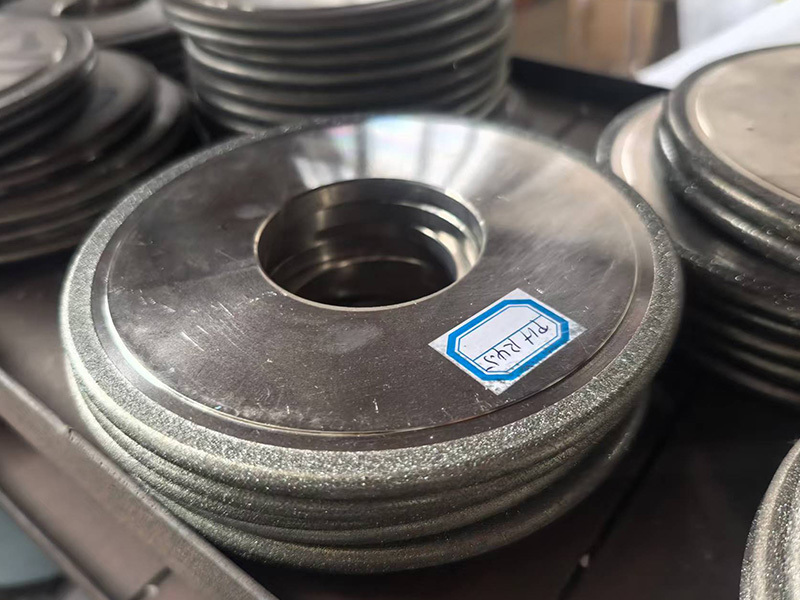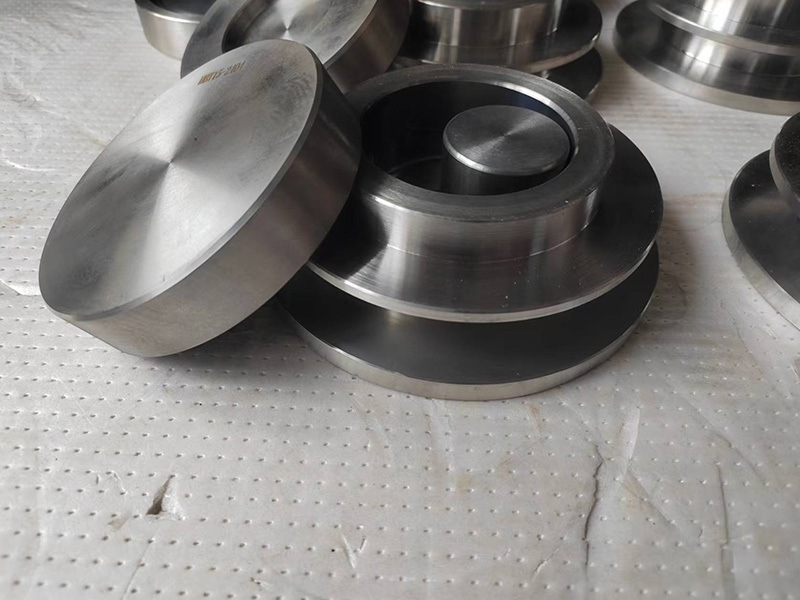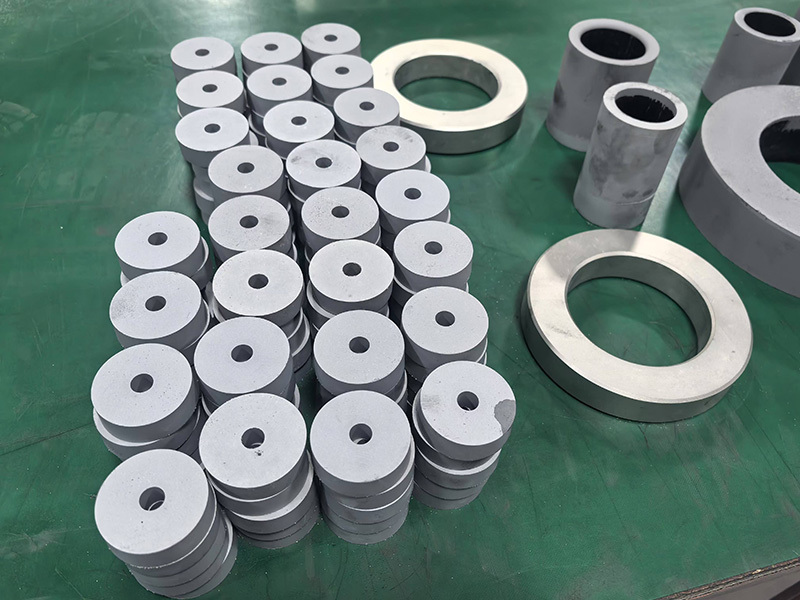Unlocking the Power of Tungsten Carbide Molds: A Comprehensive Guide
Introduction to Tungsten Carbide Molds
Tungsten carbide molds, or Tungsten Carbide Molds, are the unsung heroes of the manufacturing world. You might not see them on the frontlines of production, but these robust tools are crucial for ensuring precision and efficiency in various industries. Whether you’re in metalworking, automotive, or even aerospace, understanding the ins and outs of these molds can give you a competitive edge.
What Makes Tungsten Carbide Special?
So, why tungsten carbide? This material boasts an impressive hardness, second only to diamond! It’s known for its ability to withstand high temperatures and resist wear and tear. For manufacturers, this means fewer replacements and downtime. Talk about a win-win!
Applications of Tungsten Carbide Molds
From creating intricate parts to producing large-scale components, the applications for Tungsten Carbide Molds are vast. Here are a few key areas:
- Automotive Industry: Precision is paramount in this field. Tungsten carbide molds help produce components that fit together seamlessly, ensuring safety and performance.
- Tool Manufacturing: Cutting tools, drill bits, and inserts made from tungsten carbide significantly enhance durability and lifespan.
- Aerospace: In an industry where every ounce matters, these molds help create lightweight yet strong components that can withstand extreme conditions.
Durability and Cost Efficiency
One of the standout benefits of using tungsten carbide molds is their durability. They can handle repeated use without compromising their integrity. This durability translates to cost efficiency. Sure, the initial investment might be higher, but in the long run, you’ll save big on replacements and repairs. It’s like buying a quality tool that lasts a lifetime!
The Manufacturing Process
Let’s take a peek behind the curtain, shall we? The manufacturing process of Tungsten Carbide Molds involves several key steps:
- Powder Preparation: Tungsten carbide is made by mixing tungsten and carbon powders.
- Compaction: The mixture is then compacted into a mold under high pressure.
- Sintering: This compacted mold is heated in a furnace, allowing the particles to bond together.
- Finishing: Finally, the mold undergoes finishing processes for precision and surface quality.
Choosing the Right Manufacturer
Alright, so you've decided you want to get your hands on some tungsten carbide molds. But how do you choose the right manufacturer? Here are some tips to keep in mind:
- Experience: Look for a company with a proven track record.
- Quality Assurance: Ensure they have a robust quality control process in place.
- Customization: If you have specific needs, find a manufacturer that offers customization options.
Future Trends in Tungsten Carbide Mold Technology
As technology advances, so does the world of Tungsten Carbide Molds. Emerging trends include:
- 3D Printing: New methods are making it possible to create complex molds with greater precision.
- Eco-Friendly Materials: Manufacturers are exploring sustainable options to reduce environmental impact.
Conclusion
In the fast-paced world of manufacturing, tungsten carbide molds are essential for maintaining quality and efficiency. With their durability, versatility, and cost-effectiveness, it’s no wonder they’re a go-to choice for many industries. If you’re in the market for molds that can stand the test of time, look no further than Tungsten Carbide Molds. Get ready to revolutionize your production process!
Tags:
Related news










